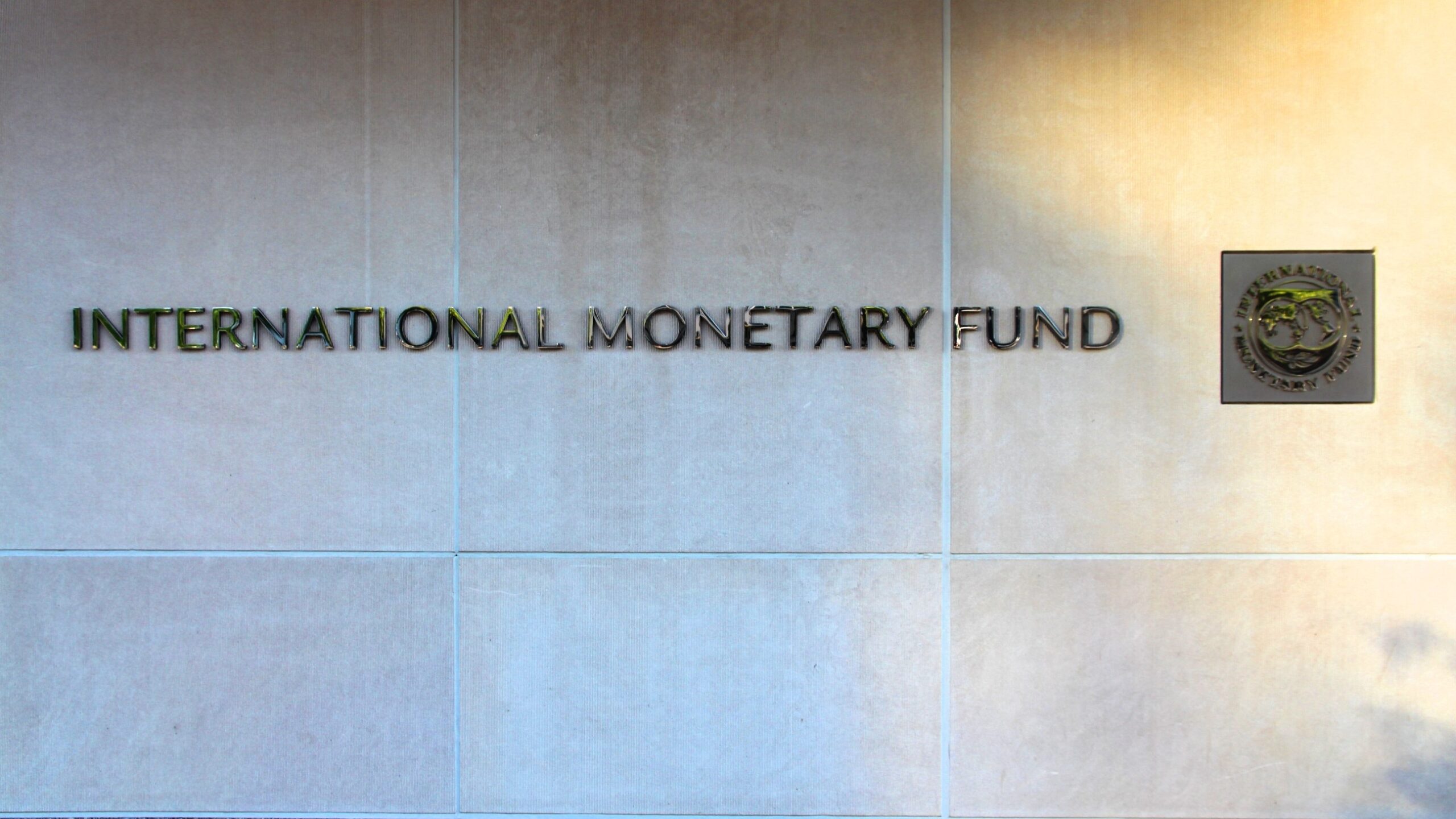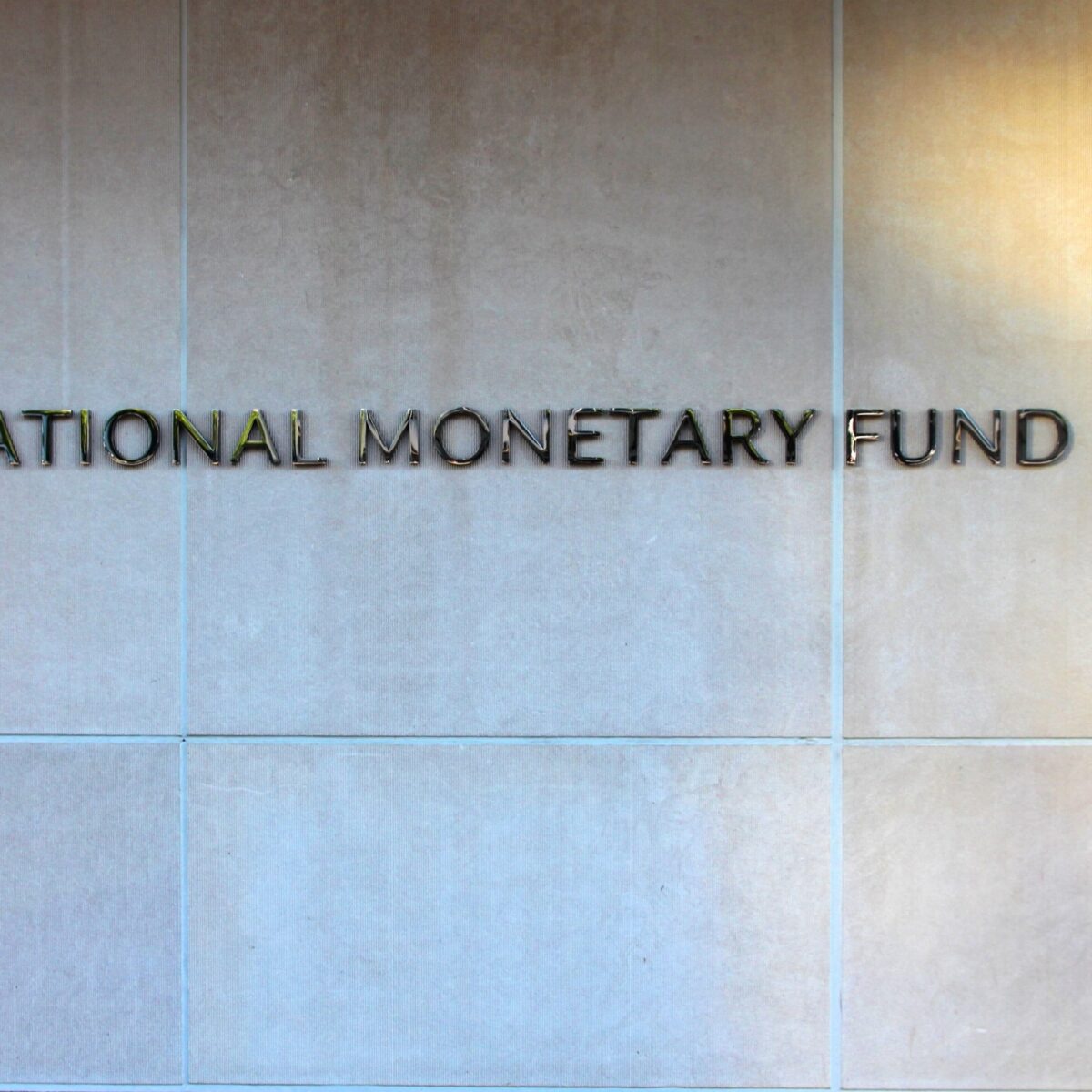
New Delhi: On Tuesday (30July 2025), the International Monetary Fund (IMF) released an update to its World Economic Outlook report.
It has now revised its GDP growth forecast for India to 6.4 percent for both 2025-26 and 2026-27.
The IMF provided an update to its World Economic Outlook report with specific reference to India’s fiscal year 2025-26.
It has revised India’s growth projections upwards due to a more favourable external environment than expected. India is projected to have a growth rate of 6.4 percent both in 2025 and in 2026, based on financial year data.
Global growth is expected to be 3 percent in 2025 and 3.1 percent in 2026, higher than previously predicted. This is due to factors such as tariffs being implemented earlier, lower tariff rates now, improved financial conditions and increased fiscal spending in key countries.
The RBI forecasts a growth rate of 6.7 percent for 2026-27. The IMF had previously lowered India’s growth forecasts due to trade tensions and global uncertainty, but the easing of the tariff war has led to a more positive outlook.
Table -Growth Rate and Projected Growth
World Output/ Major Advanced and Emerging Economies in the world | 2024 | 2025 | 2026 |
World Output (Global GDP) | 3.3 | 3 | 3.1 |
United States | 2.8 | 1.9 | 2 |
Germany | -0.2 | 0.1 | 0.9 |
France | 1.1 | 0.6 | 1 |
Italy | 0.7 | 0.5 | 0.8 |
Spain | 3.2 | 2.5 | 1.8 |
Japan | 0.2 | 0.7 | 0.5 |
United Kingdom | 1.1 | 1.2 | 1.4 |
Canada | 1.6 | 1.6 | 1.9 |
China | 5 | 4.8 | 4.2 |
India | 6.5 | 6.4 | 6.4 |
Russia | 4.3 | 0.9 | 1 |
Brazil | 3.4 | 2.3 | 2.1 |
Mexico | 1.4 | 0.2 | 1.4 |
South Africa | 0.5 | 1 | 1.3 |
Source: Table is extracted from the Table from IMF World Economic Outlook Update, 2025
Note: For India, data and forecasts are presented on Fiscal Year basis, starting with FY 24-25 (starting in April 2024) shown in 2024 column. Projections are 6.8 percent for 2025 and 6.7 percent for 2026 based on calendar year.
Despite easing financial conditions and a weakening US dollar, the IMF warns that tariffs remain historically high and global policy uncertainty poses risks to the economy.
Global growth is still below pre-Covid levels, with a projected decline in global trade as a share of output.
The IMF expects several countries, including the US, Canada, China, Brazil, Saudi Arabia and Nigeria to grow at a faster pace in 2025 and 2026. China received the largest growth forecast upgrade, with its GDP now expected to expand by 4.8 percent in 2025.
This revision is due to stronger-than-expected activity in the first half of 2025 and a reduction in US-China tariffs.
China’s GDP growth in the first two quarters of 2025 exceeded forecasts, putting the economy on track to meet the government’s full-year growth target of 5 percent.
Sometimes, external surpluses or deficits can have positive effects. Economies that are young or expanding quickly could use foreign capital to fund growth, whereas older or less active economies might have to save more and could earn more from investments in other countries.
The report also stated thus: “The IMF’s Integrated Policy Framework provides guidance tailored to country-specific conditions on appropriate policy responses if disruptive movements in foreign exchange and risk premiums take hold. In some cases under such circumstances, at the same time as upholding appropriate monetary and fiscal policies, it may be suitable to implement temporary foreign exchange interventions or capital flow management measures.”
Countries should focus on strengthening their domestic macroeconomic fundamentals to enhance resilience. A major risk to the global economy is the possibility of countries responding to rising imbalances by increasing trade barriers, which could lead to increased geo-economic fragmentation.
While the impact on global imbalances may be limited, the harm to the global economy could be long-lasting.





